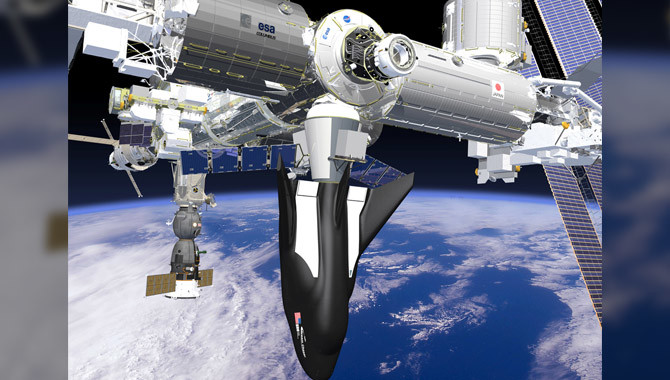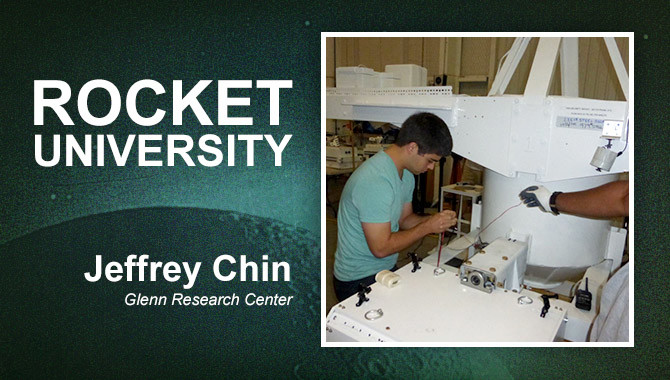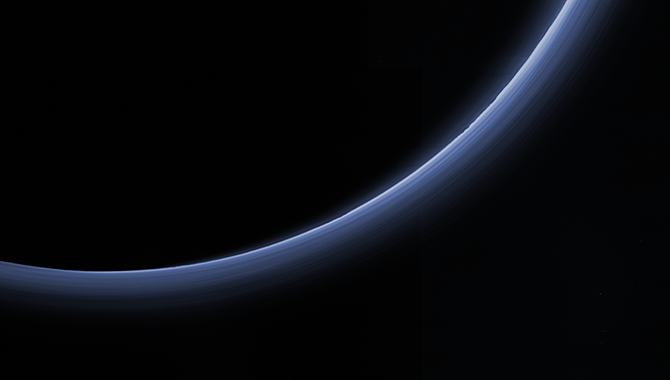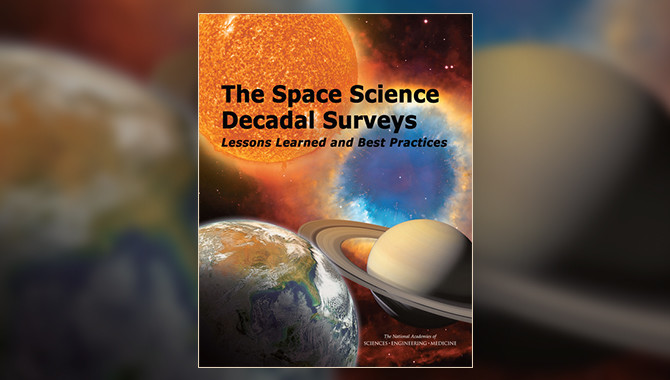
With three new Cargo Resupply Services (CRS) contracts, NASA is reinvigorating support for the International Space Station (ISS) as it maintains a focus on deep space missions.

With three new Cargo Resupply Services (CRS) contracts, NASA is reinvigorating support for the International Space Station (ISS) as it maintains a focus on deep space missions.

Glenn Research Center’s (GRC) Rocket University reached the height of success with its pilot program and the Autonomously Navigated parGliding Experimental Lander (ANGEL) project.

Data from NASA’s Goddard Institute for Space Studies (GISS) and the National Oceanic and Atmospheric Institute (NOAA) confirm that 2015 was the warmest year on record.

As its 2018 launch approaches, the James Webb Space Telescope (JWST) continues to progress on schedule, according to a report by the Government Accountability Office (GAO).

Ten years ago this month, NASA’s New Horizons became the fastest spacecraft ever launched—after a critical hardware concern almost left it stranded on the launch pad.

A new report from the National Academies of Sciences, Engineering, and Medicine focuses on enhancing the success of the Space Science Decadal Survey process.

As Kennedy Space Center (KSC) emerges as the nexus for federal and commercial space launches, Mark Wiese is helping teams bridge cultural gaps to ensure mission success for all.

No silver bullet can increase your persuasiveness or influence, but you can change the way others see you, according to author and APPEL instructor Matthew Kohut.

In November’s Virtual Project Management (PM) Challenge, Doug Comstock, Kristin Van Wychen, and Mary Beth Zimmerman offered practical advice on cost estimating and reporting.